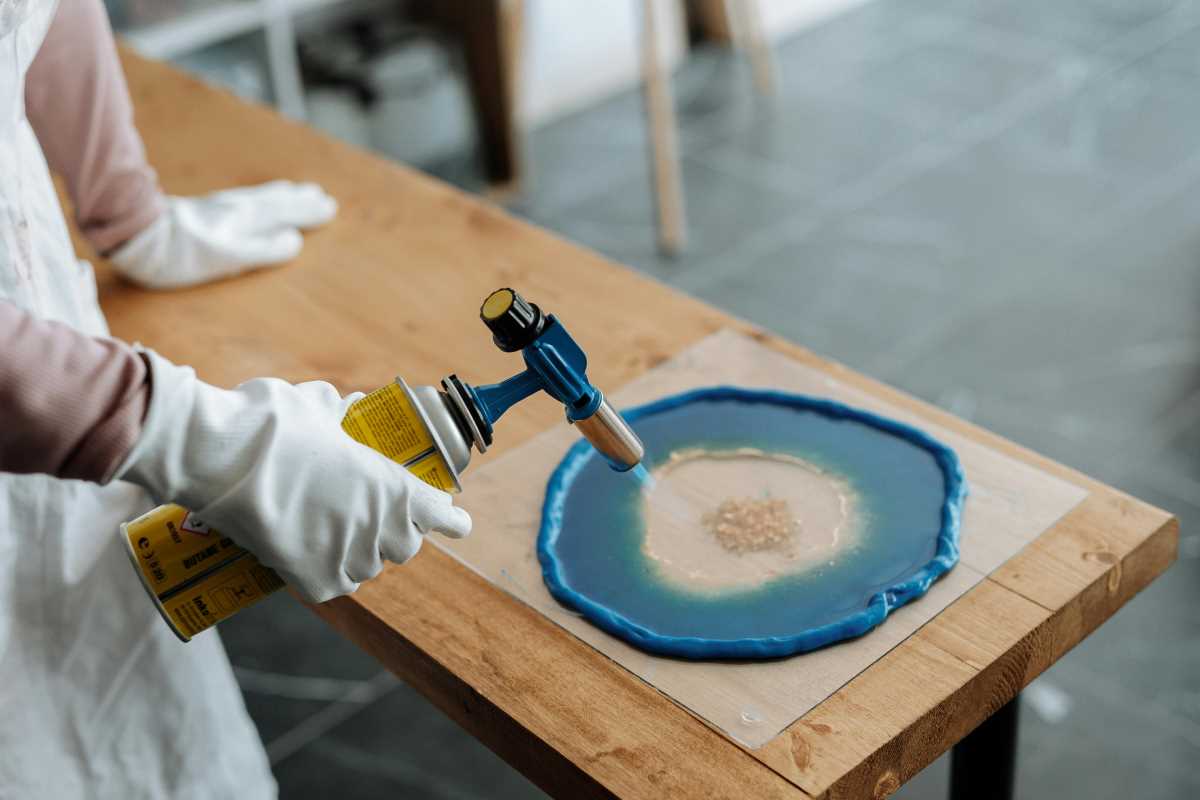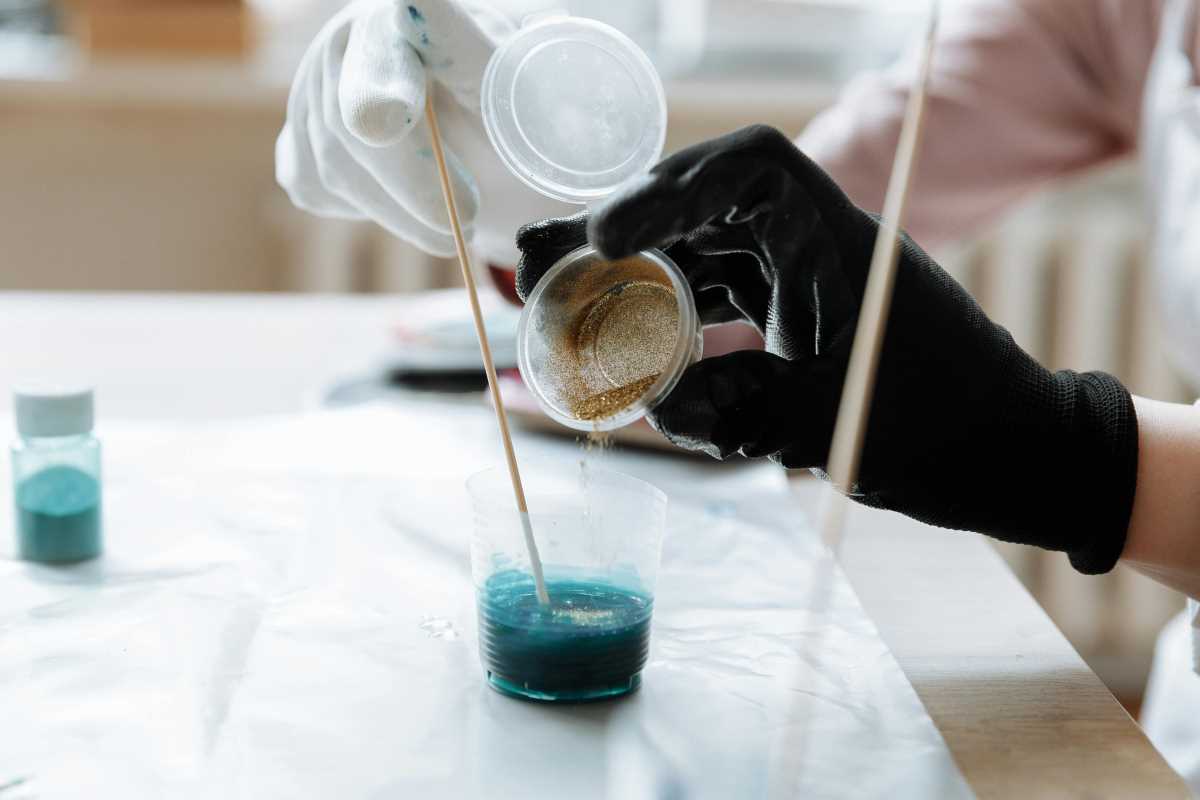Crafting detailed miniature models offers a rewarding way to express creativity and attention to detail. Through this process, you choose quality materials, carefully construct stable bases, and focus on adding intricate elements that make each piece unique. Accurate painting and thoughtful finishing touches help your models reflect real-life scenes or imaginative worlds. With helpful instructions at every stage, this guide gives you the knowledge to approach any diorama, scale vehicle, or fantasy figure with skill and assurance. By following these steps, you develop both your technique and your confidence as you bring small-scale visions to life.
You’ll explore material choices, structural tips, precision detailing, paint techniques, and advanced tricks. Each section offers clear, hands-on advice and troubleshooting pointers you can apply immediately, whether you’re starting your first kit or refining a seasoned workflow.
Choosing Materials and Tools
Start by gathering high-quality fundamentals. Pick a selection of plastic model kits or resin parts from trusted brands. For plastic, look to Revell or Tamiya; for resin, consider sources that specify minimal bubble count. Keep styrene sheets and rods on hand for scratch-building.
Stock essential tools: a sharp hobby knife, fine-tipped tweezers, and sanding sticks in varied grits. Pin vises let you drill tiny holes without cracking parts. Use an optical magnifier or headband loupe to inspect seams and surface textures closely. A basic cutting mat protects your workspace and keeps edges crisp.
Building the Base Structure
Wash each part in warm, soapy water to clean it. Rinse thoroughly and let the pieces air-dry before you assemble them. Trim flash and sprue marks with a hobby knife to ensure snug fits.
Apply plastic cement sparingly: run a thin line along joint edges with a brush applicator. Press pieces together and hold them for a few seconds until the bond forms. If gaps appear, fill them with a fine polyester putty. After the putty cures, sand it smooth with increasingly fine grits, moving from 400 to 800 grit to make seams invisible.
Detailing Techniques
- Pin parts: drill matching holes into mating surfaces, then insert a small brass rod to strengthen delicate joins.
- Add textures: press coarse grit sandpaper into softened putty to mimic rough concrete or rock. For wood planks, score lines with a fine scriber at regular intervals.
- Include extra bits: incorporate photo-etched metal grilles or wire for railings and hoses. Use jewelry-making wire for thin cables and piping.
- Create layered surfaces: build up thin coats of liquid putty to simulate uneven mortar or rust-proofing layers. Carve or abrade after drying to reveal underlying shapes.
- Construct scratch-built details: cut thin profiles from styrene with a sharp blade. Glue these to flat surfaces to represent door frames, window sills, or panel lines.
This list highlights core approaches; feel free to mix and match methods as you refine your scene.
Painting and Weathering
- Prime the model: use a light gray or white primer sprayed thinly to reveal flaws and ensure paint adhesion.
- Base coat: airbrush your main color in thin, even layers. Let each pass dry before the next to avoid pooling.
- Pre-shade: before your main shade dries, airbrush darker lines along panel edges and recesses to create depth.
- Layer highlights: apply lighter tones on raised areas and edges using a fine brush or airbrush at low pressure.
- Use washes: thin acrylic wash in a dark shade flows into crevices. Wipe off excess with a cotton swab dampened in thinner to accent shadows without over-darkening flat surfaces.
- Drybrush: use a nearly dry flat brush dipped in light gray or metallic paint. Sweep gently over raised details to make them stand out.
- Apply rust and streaks: mix rust-colored pigments with a fixer medium. Apply in thin streaks from panel lines and joints, then blend with a damp brush for a natural flow.
- Finish with a seal: spray a matte clear coat to unify the finish and protect weathering layers.
These steps form a solid workflow for achieving realistic paint effects. Adjust pigment colors and washes to match your subject’s environment.
Advanced Tips and Tricks
Master masking techniques using low-tack tape or liquid mask to protect painted areas when adding stripes or camo patterns. Carefully pull off the tape at a 45° angle to prevent lifting the base paint.
Try layered decals. Soften them in a setting solution, then carefully position with tweezers. Seal each decal layer with a thin gloss clear coat to remove any edge shine.
Use oil dots for subtle shading on top. Place tiny oil paint spots along panel lines, let them sit briefly, then blend outward with a clean brush moistened in thinner. This produces realistic color transitions.
Add small LED units or fiber optics to illuminate instrument panels and headlights. Plan internal cavities and wiring before gluing major components. Mask LEDs with a dab of black paint to prevent light bleed.
Your collection of miniatures gains authenticity when you combine structural finesse, precise painting, and imaginative weathering.
Practice these methods to create realistic scenes that impress and inspire. Keep working on each step to improve your skills with every project.
 (Image via
(Image via





